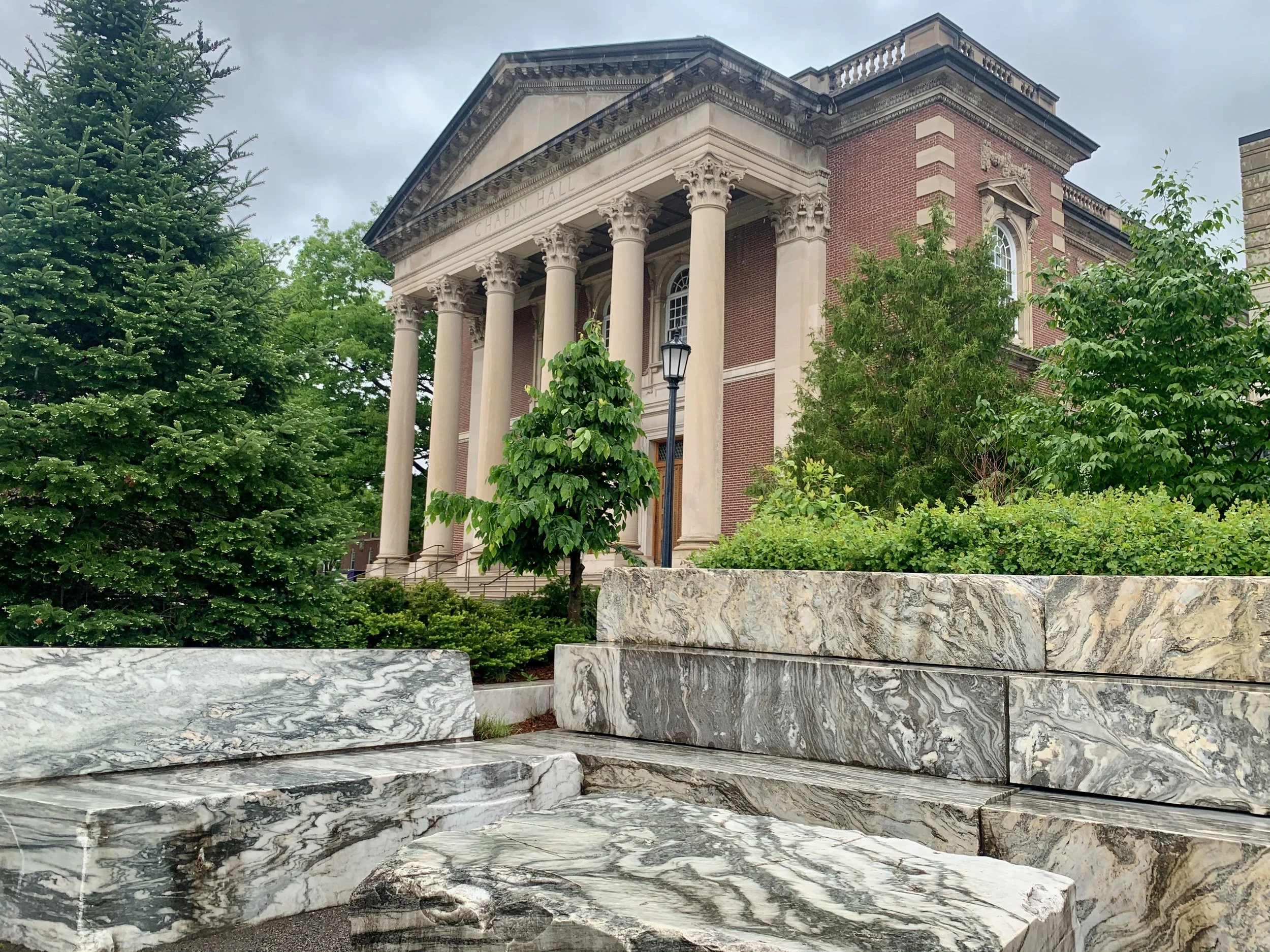Colleges received significantly more applications in the 2021-2022 application cycle than they received in recent years. A new report from Common App detailing first-year application trends revealed a 6.1% increase in applications per applicant, a 13.9% increase in first-year applicants, and a 20.8% increase in total application volume as compared to the 2019-2020 application cycle, the last “normal” year. The number of underrepresented minorities (URM) and first-generation (“first-gen”) applicants also increased by 17% and 21%, respectively.
However, the majority of college applicants still came from the nation’s richest zip codes, a trend that Common App has reported in the past. 56% of all college applicants resided in the wealthiest quintile (i.e., the richest 20%) of all zip codes nationwide. Just 6% of applicants were from the bottom quintile, a fact that the Common App says represents that “more work is necessary to effectively engage and support students from across the country’s diverse communities.” For example, in Hingham (a town that falls in the nation's top income quintile), 90% of Hingham High School graduates over the past five years went on to attend college or university.
The majority of colleges remain test-optional. 48% of students chose to submit test scores this cycle, as compared to 44% of students in the 2020-2021 cycle. URM, first-gen, fee waiver, and female applicants were each significantly less likely to submit scores.
Girls may be less likely to submit scores than boys due to the fact that they have long scored lower on the SAT, despite performing better in math classrooms. In 2021, boys scored on average 13 points higher overall and 18 points higher on the math portion. The gender score disparity has been attributed to multiple factors, such as the stereotype threat, as women are negatively stereotyped to be worse at math than men are.
In the 2021-2022 admissions cycle, applications to both highly-selective colleges (colleges that admit less than 50% of applicants) and public universities grew by 25%. The data bodes well for universities, which have seen enrollment decline throughout the COVID-19 pandemic.

